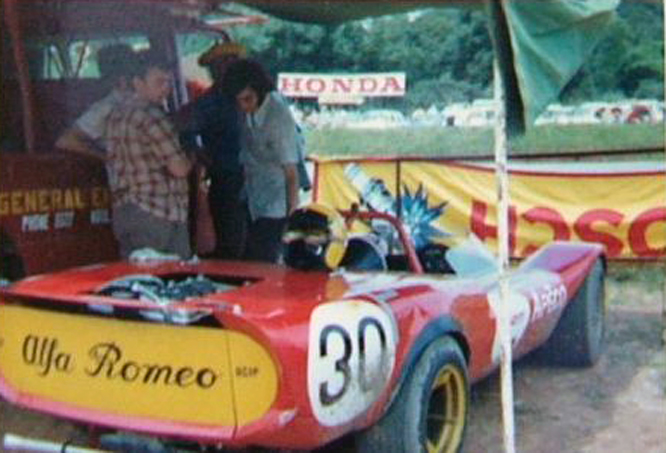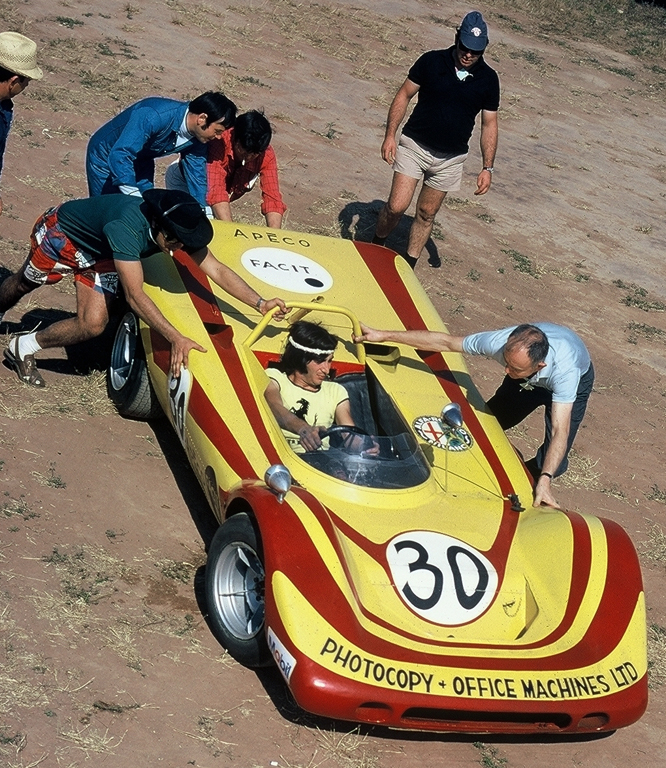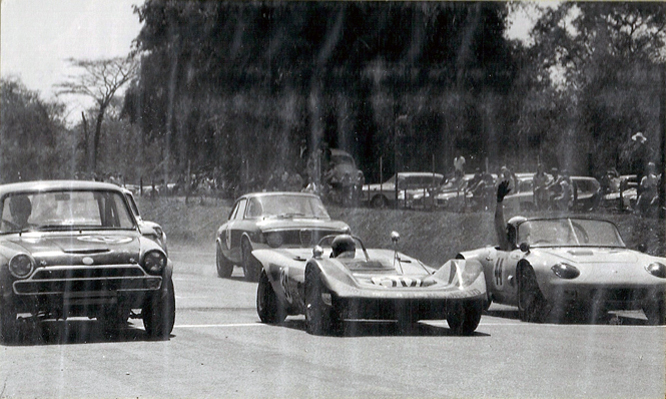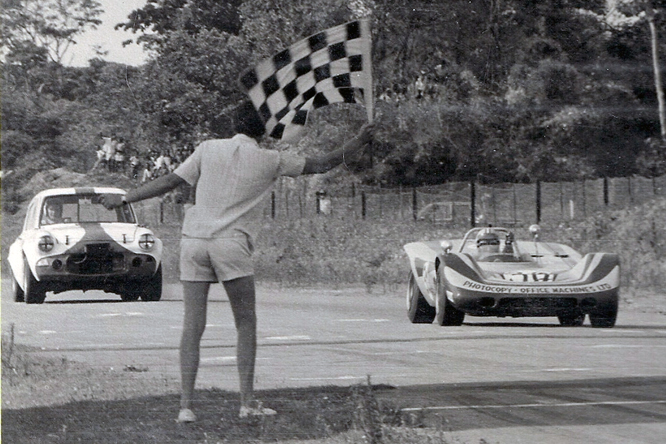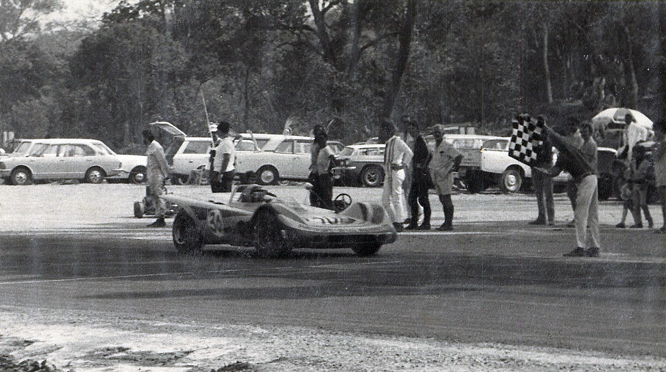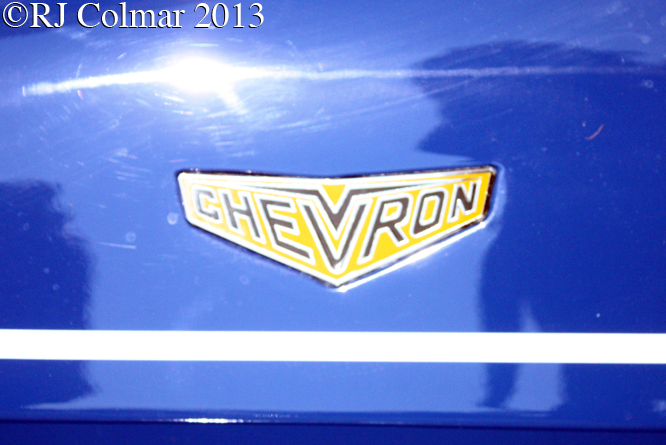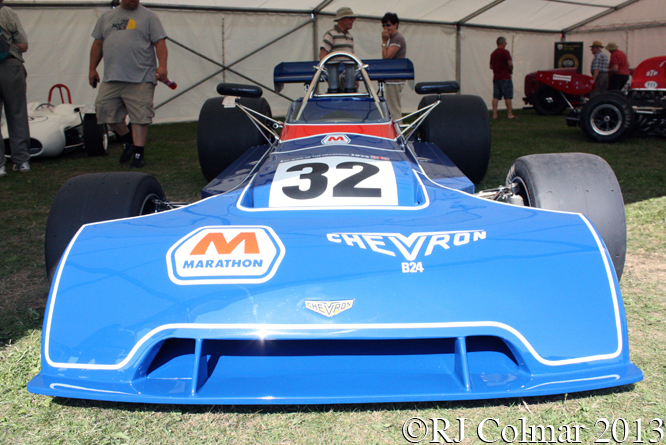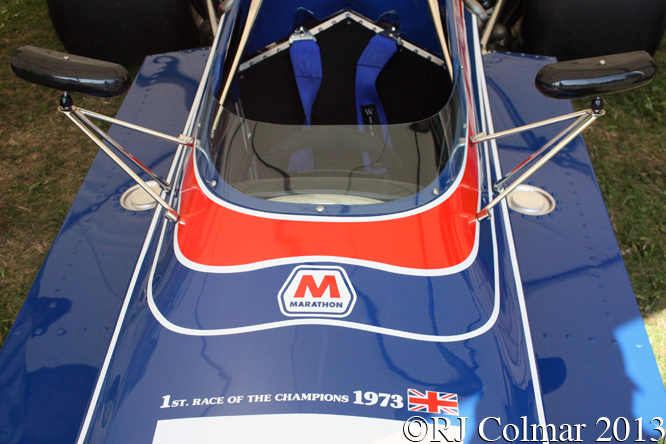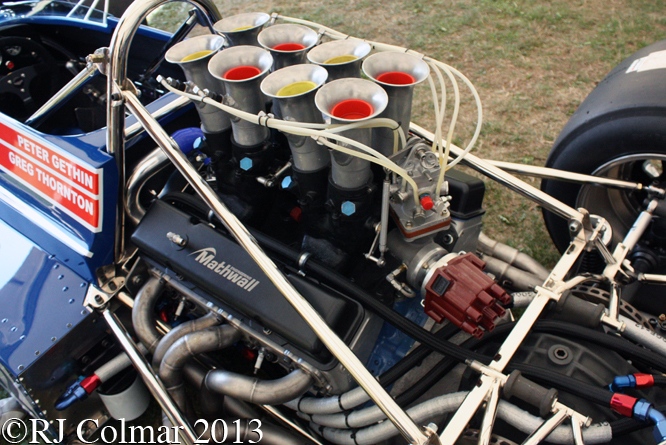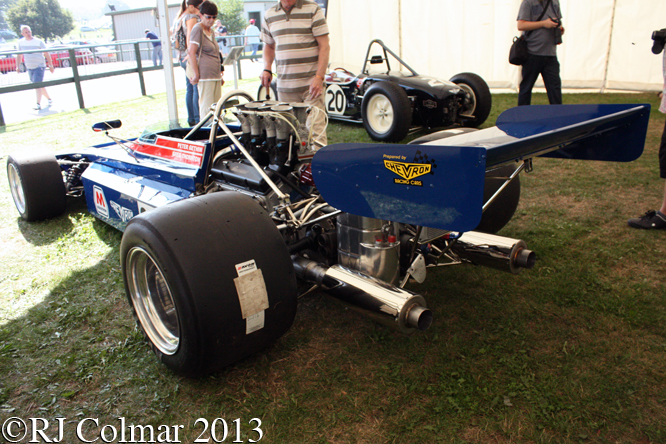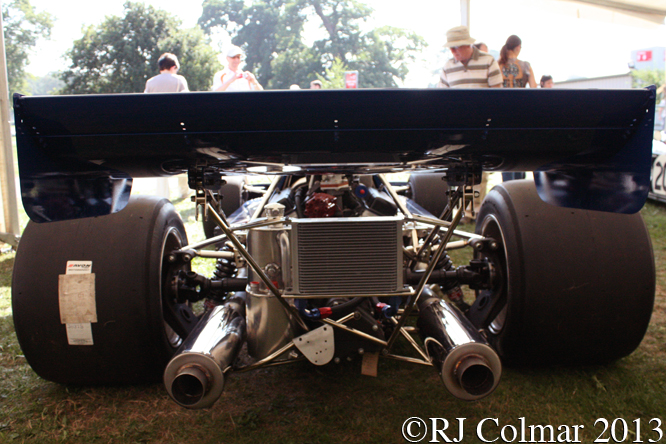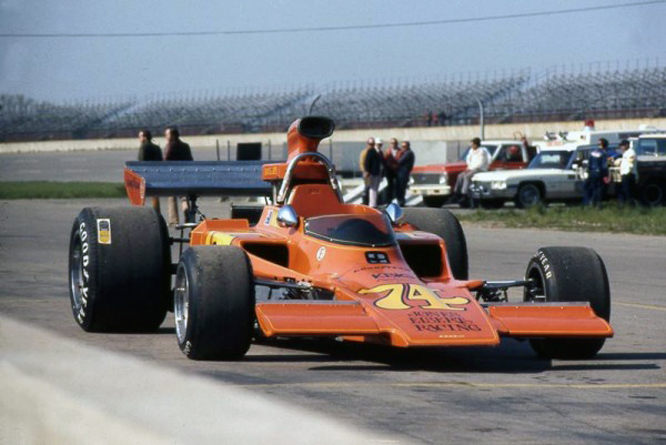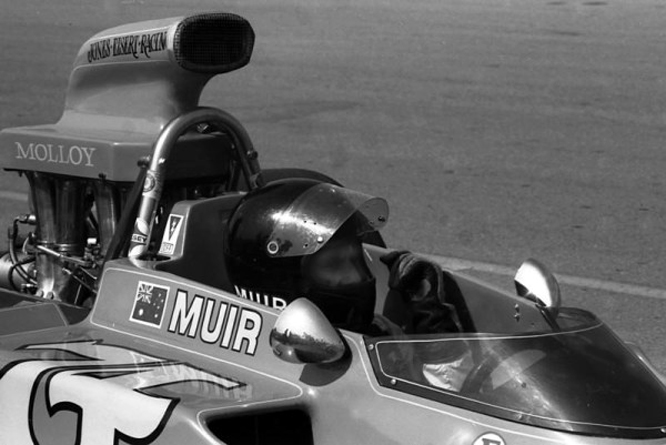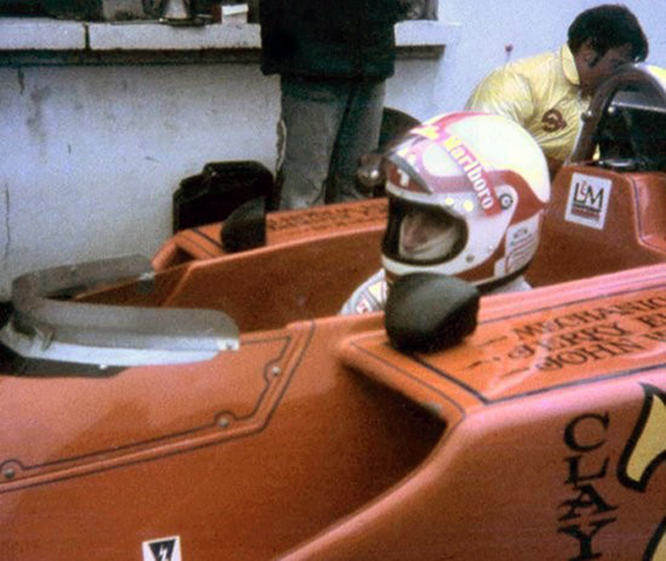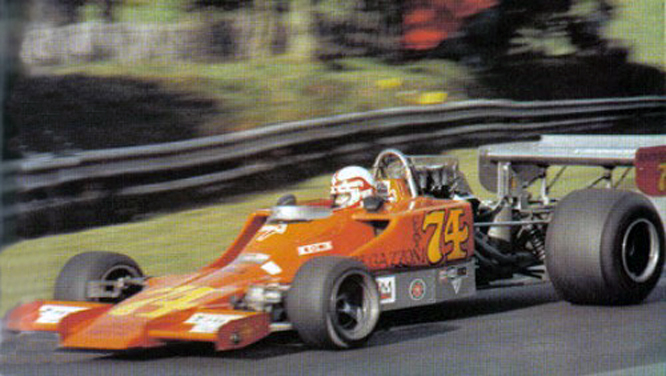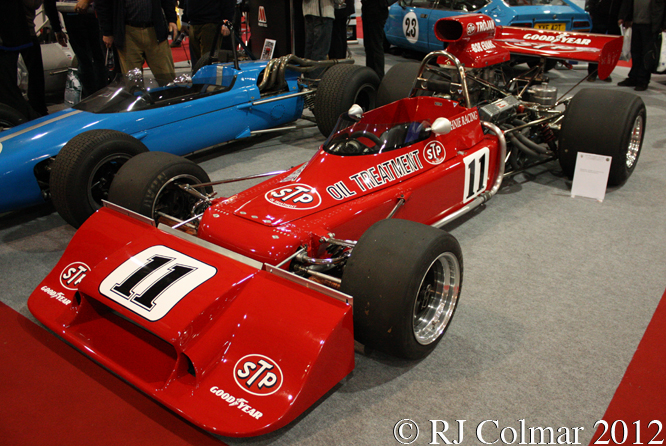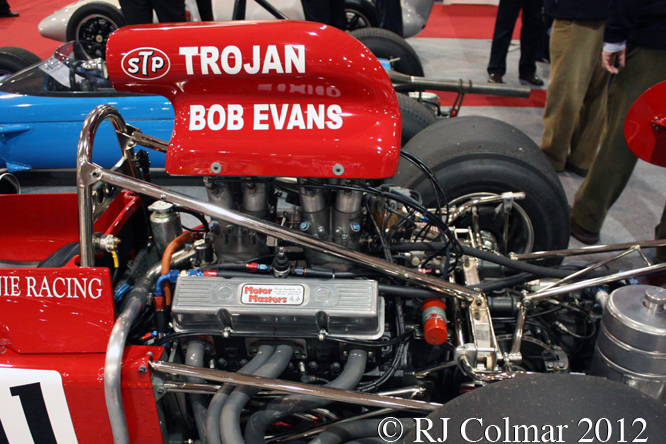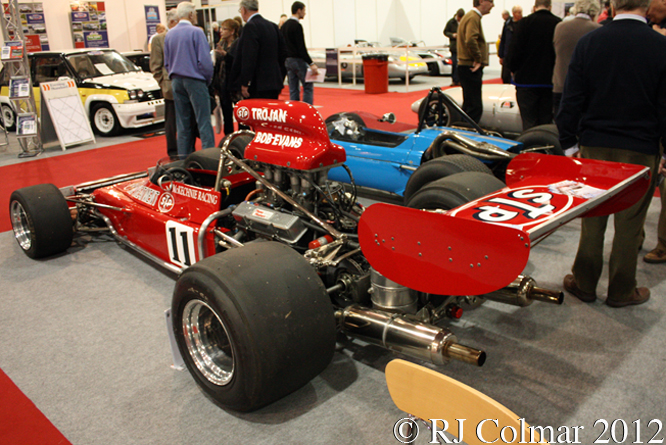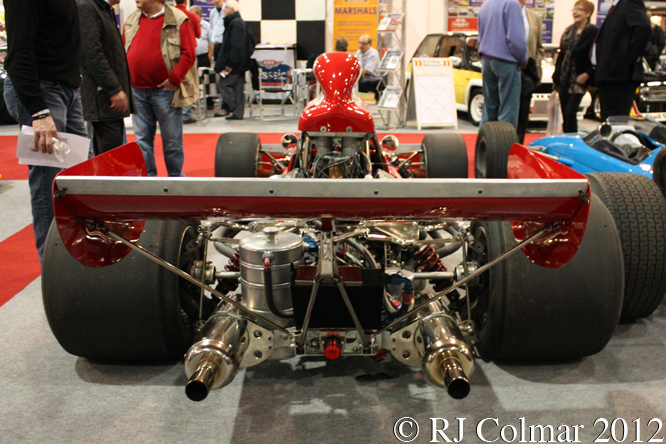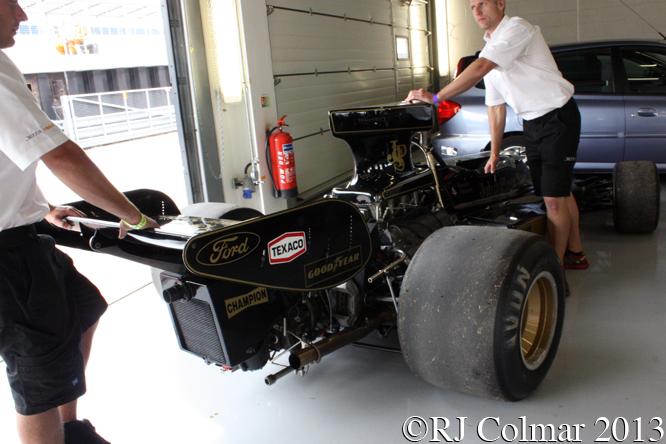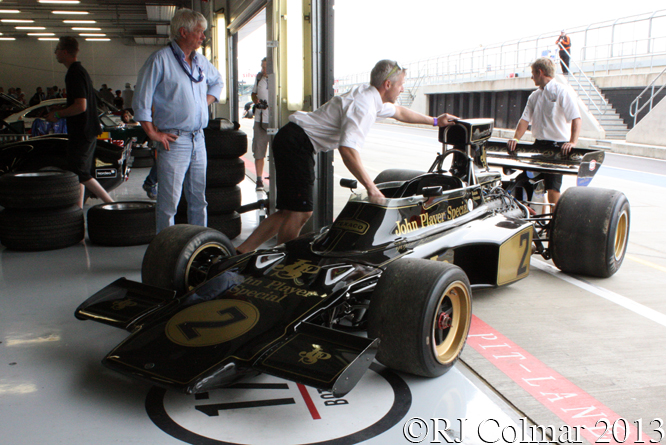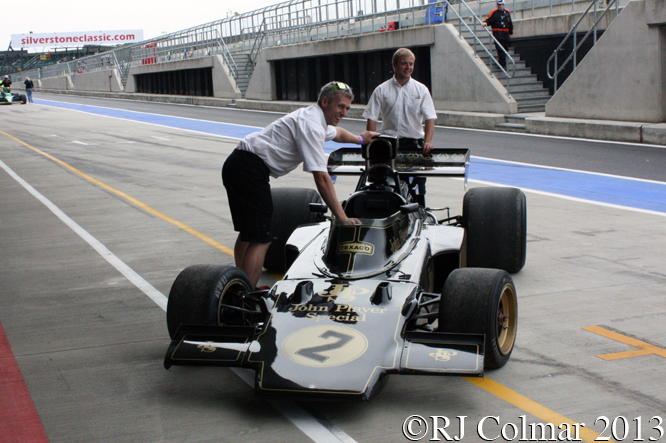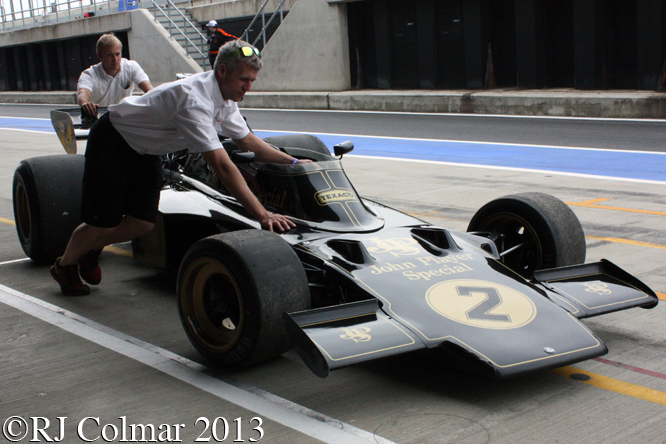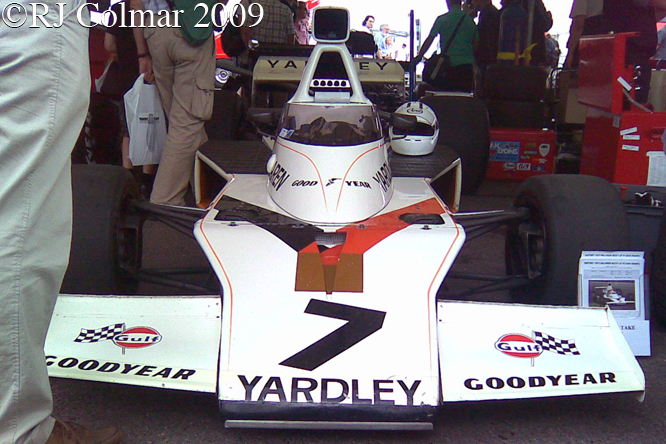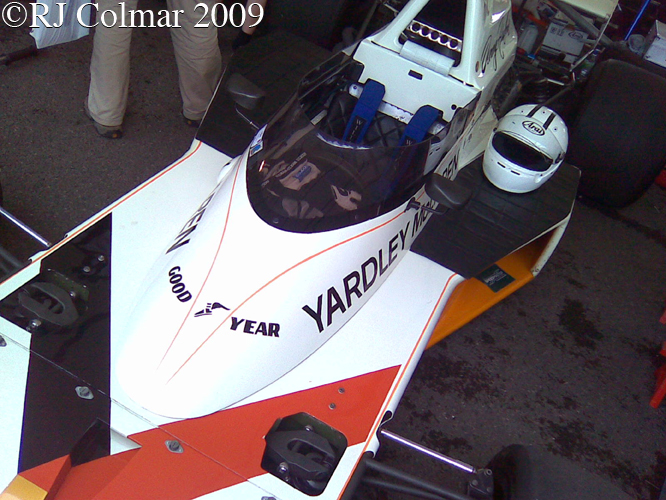After 15 years of under achievement, in which the team bearing his name best season was marked by two fourth place finishes, Giancarlo Minardi sold out to Australian Airline Magnate Paul Stodart in 2000.

Over the ensuing 5 seasons the perennial back markers remained just that scoring just 4 points scoring finishes, to his credit Paul Stodart determined that he would sell the team on only if those buying could add and commit to significantly improving the teams performance. He kept his word selling at the end of 2005 to a pair of Austrians Gerhard Berger, a former driver and Dieter Mateschitz, owner of Red Bull who had bought the Jaguar Grand Prix team only 12 months earlier and rebranded it Red Bull Racing.
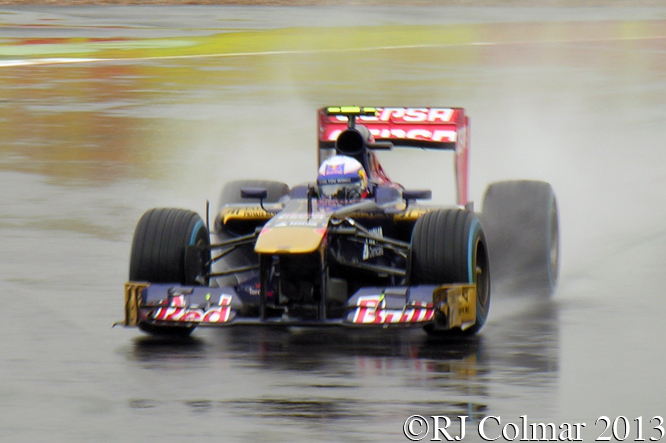
For 2006 the Minardi team became Suderia Toro Rosso in deference to it’s home town in Firenza, Italy, and was operated as a talent feed for Red Bull Racing. The team took over the contract for the supply of Cosworth motors from Red Bull Racing while Red Bull switched to a supply of Ferrari motors. Additionally Toro Rosso used an updated 2005 Red Bull chassis for it’s 2006 programme.
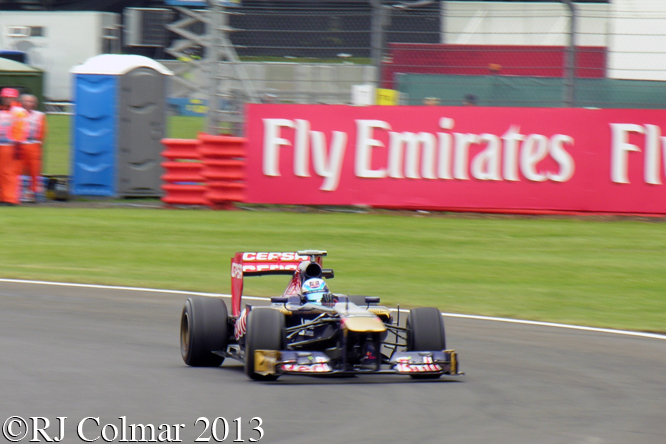
2006 and 2007 saw no significant improvement in results with just three points paying finishes despite the team taking over Red Bull Racings contract for the supply of Ferrari motors in 2007 when Red Bull Racing switched to Renault motors. 2008 however saw Sebastian Vettel join the team and there was a dramatic up turn in results with Vettel scoring 5 consecutive points paying finishes topped by a 100/1 win in the 2008 Italian Grand Prix.
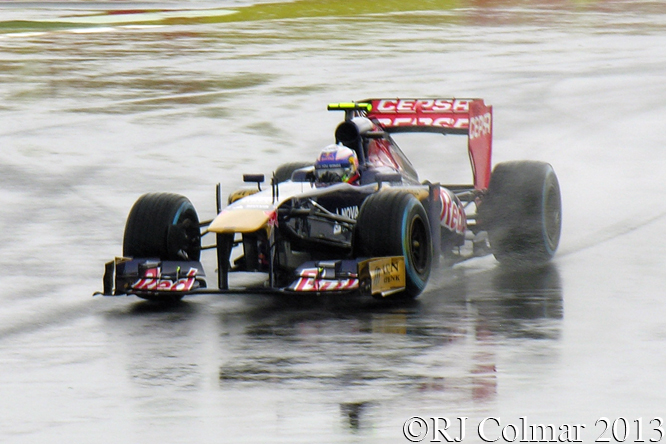
With the team finishing sixth in the championship Berger shrewdly sold his share of Toro Rosso to Mateschitz who equally shrewdly moved Vettel over to his main show at Red Bull Racing which now had top designer Adrian Newey on it’s books. For 2009 Toro Rosso managed six points paying finishes and slipped back to a familiar 10th place in the Championship standings.
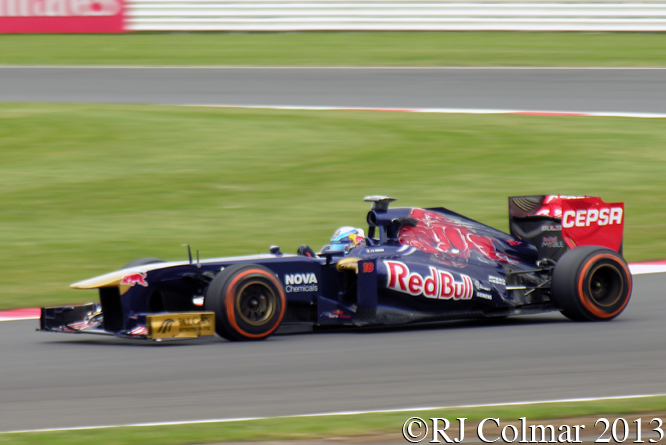
For 2010 new regulations meant the team could no longer rely on cast off chassis from Red Bull and so came up with it’s first unique chassis and since then points finishes have become a little less sporadic, but the team has not finished any season higher than 8th in the championship. Going into 2013 Jean Eric Vergne, above, and Daniel Ricciardo, below, were retained to drive the Ferrari powered STR8 designed under the leadership of Technical Director James Key.

Having scored only 26 points between them in 2012 Vergne and Ricciardo managed an improvement to score 33 points in 2013. The main difference being the improvement in form of Ricciardo who scored seven more points more than his team mate, having scored six less the year before.
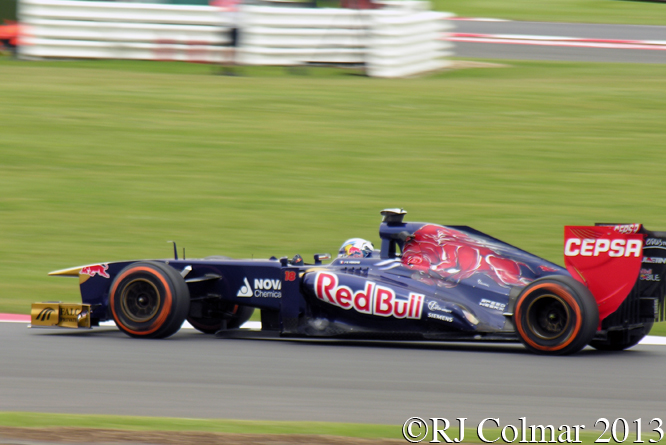
This was particularly noticable having kicked in after the announcement of the retirement from Red Bull from Ricciardo’s Australian compatriot Mark Webber. Ricciardo now looks forward to replacing Webber and driving alongside four time champion Sebastian Vettel.
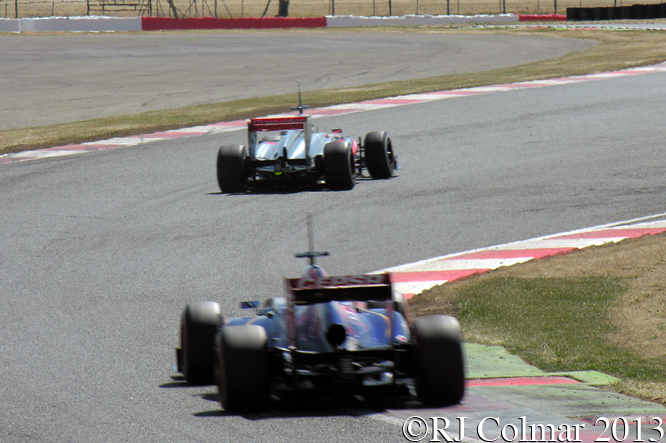
Having scored the teams best finish of 2013 a sixth place in the Canadian Grand Prix Jean Eric secured a third season at Toro Rosso where he will be joined by the teams Russian 2013 test driver Daniil Kvyat (seen testing at Silverstone in the first photo). For 2013 Toro Rosso will be powered by the same Renault power trains as Red Bull Racing and it will be interesting to see if the team can pick up it’s game in a season where reliability is expected to be a key issue with the introduction of new hybrid power trains.
You can follow the fortunes of Toro Rosso on their website linked here and twitter feed linked here.
Thanks for joining me on this “Talent Class Of ’13” edition of “Gettin’ a li’l psycho on tyres” I hope you will join me again tomorrow when I’ll be looking at an LA PD Interceptor. Don’t forget to come back now !




